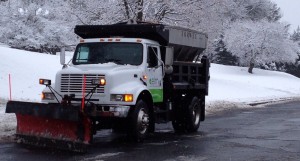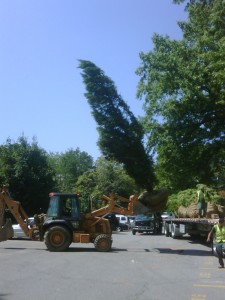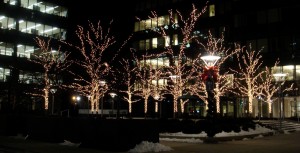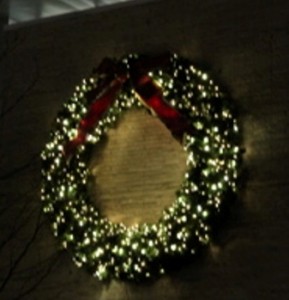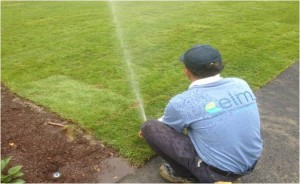Here in Westchester and Fairfield County, we are experiencing an exceptionally cold spell, even for southern New England. Everyone is adding that extra layer before going outside. It seems like the car takes forever to warm up and the furnace won’t stop running. When the news media and meteorologists introduce the term “Polar Vortex”, you know it’s cold!
It’s all about a 30 degree swing. Which is not so bad when temps go from 80 to 50, but when temps drop from 25-30 (average for us around here) to 0 and below, it changes how property managers, facility directors plan for and operate their facilities, and snow removal service providers change their methods to achieve site safety.
When the temperatures are in the 0 range, it is a real game changer for snow removal. The snow removal aspect does not change greatly. Most important, is keeping the manpower warmed and moving through the event. The big change comes in material usage, especially salt and salt products.
Think back to high school chemistry experiments where heat was an important part of obtaining the results. In snow removal at these temps, it is the lack of heat and severe cold which impacts the desired reaction — melted snow and ice. The table below shows how the extreme temperature dips require a multiple of the salt material needed which the average storm consumes to achieve clean, safe pavement conditions.
| Pounds of Ice Melted Per Pound of Salt | |
| Temperature Degrees F | One Pound of Sodium Chloride (Salt) |
| 30 | 46.3 lbs. of ice |
| 25 | 14.4 lbs. of ice |
| 20 | 8.6 lbs. of ice |
| 15 | 6.3 lbs. of ice |
| 10 | 4.9 lbs. of ice |
| 5 | 4.1 lbs. of ice |
| 0 | 3.7 lbs. of ice |
| -6 | 3.2 lbs. of ice |
While southern New England does not get many snow storms in the 0 degree range, when they do arrive like these past few in late December and early January, you can see why they require nearly four times the material required in a 25 degree event. ELM utilizes treated salt which does quicken the activation time some; however the severe cold still requires a multiplier of 2-3 times the typical usage rate.
Everyone has welcomed the recent warm-up. However, when temperatures dive to near zero, informed snow fighters will be adjusting their application rates to ensure timely site safety and mitigate the risk so inherent in snow removal services.

